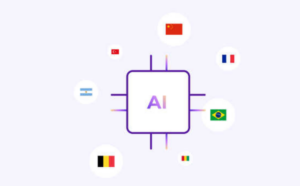In the age of information, data analysts play a crucial role in extracting meaningful insights from the enormous amounts of data that businesses and organizations accumulate every day. Sorting through and understanding this data can feel overwhelming without the proper tools.
Business analytics have evolved significantly. Nowadays, with the explosion of data volumes, the potential benefits and insights are also growing. Artificial intelligence plays a crucial role in this advancement, enabling data analysts to extract greater value and real-time insights from data beyond what was previously imaginable.
From predictive analytics to natural language processing, AI-powered tools are transforming the way in which information is used to guide business decisions. In this article, we’ll look at a handpicked group of powerful AI tools created to simplify and transform the data analysis process for professionals in the industry.
Table of Contents
What is Data Analytics
Data analysis is now one of the core functions within any data-driven organization. It enables companies to convert raw data into useful insights that can drive better decision-making processes. The best part about data analytics is that there are many tools on the market for both professionals and those with a limited background in the field. These tools help you visualize, analyze, and track data so you can derive insights needed to achieve your business goals.
AI in Analytics
AI is the driving force behind any effective data analytics strategy. It is a powerful, efficient, and approachable way to process data.
Artificial intelligence sifts through huge volumes of data to uncover trends and patterns, offering valuable insights to enhance business processes. AI also simplifies data analysis by consolidating all information into one platform, giving users a comprehensive view. When AI and data are used together for Predictive AI, users can make forecasts and assess various scenarios to gauge potential success.
AI-driven data analysis tools are essential for any organization aiming to thrive in today’s data-centric environment.
Here is a Look at the 7 Best AI Tools For Data Analysts
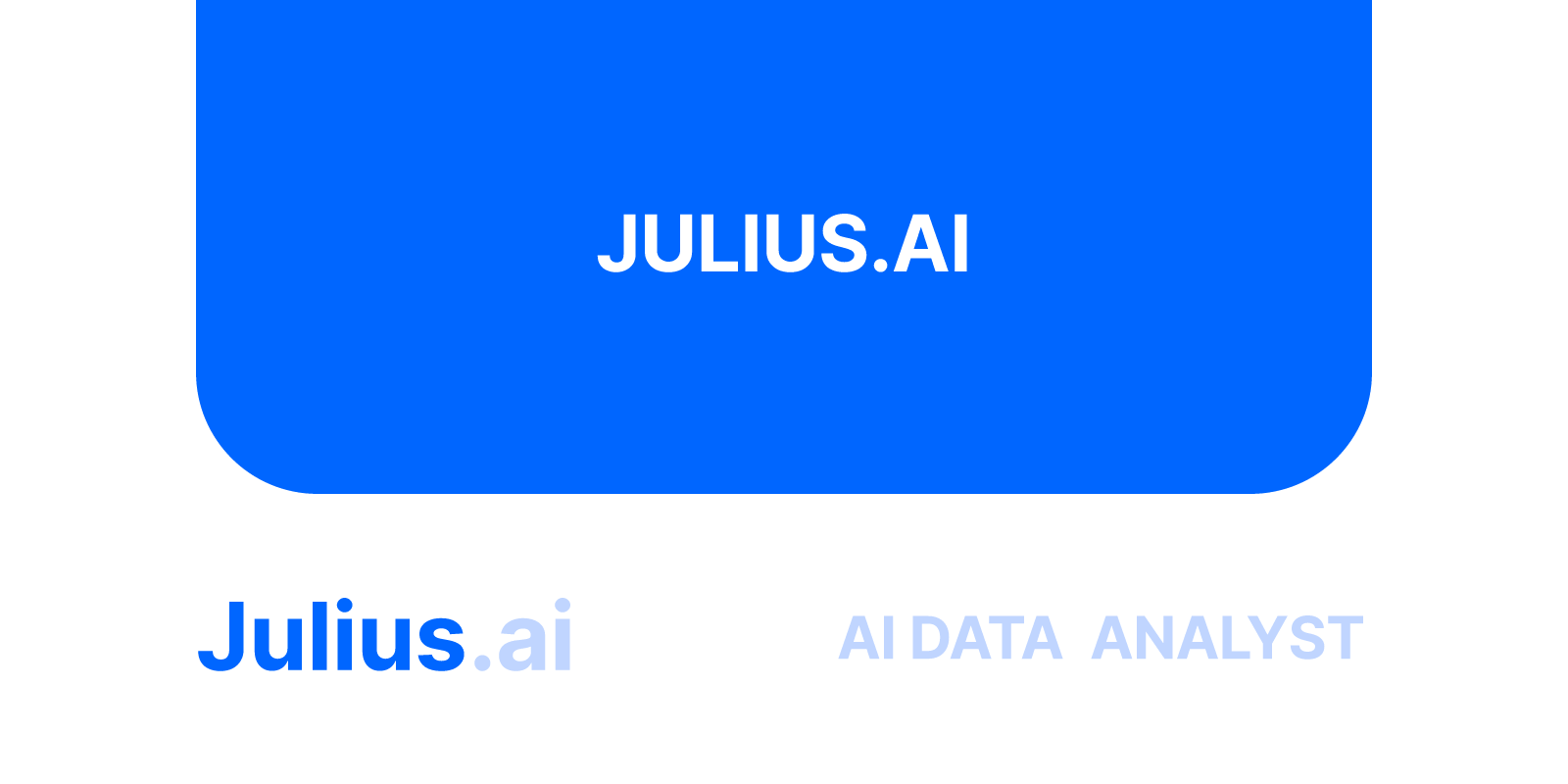
Julius AI
Julius AI is a smart data analysis tool that interprets and analyzes complex data in a simple and user-friendly way.
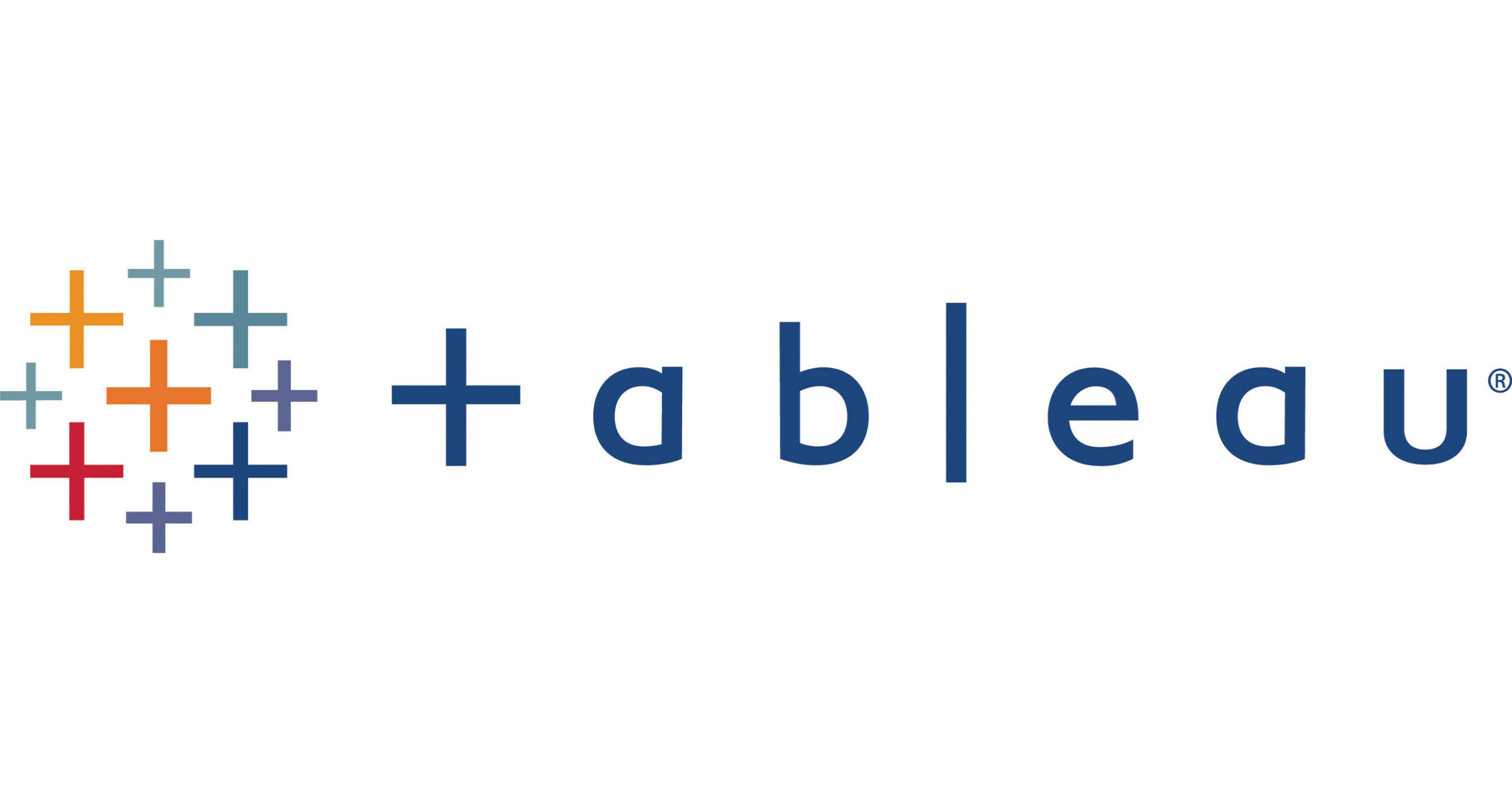
Tableau
Tableau, now under Salesforce, is a well-known name in analytics, celebrated for its interactive data visualization features.
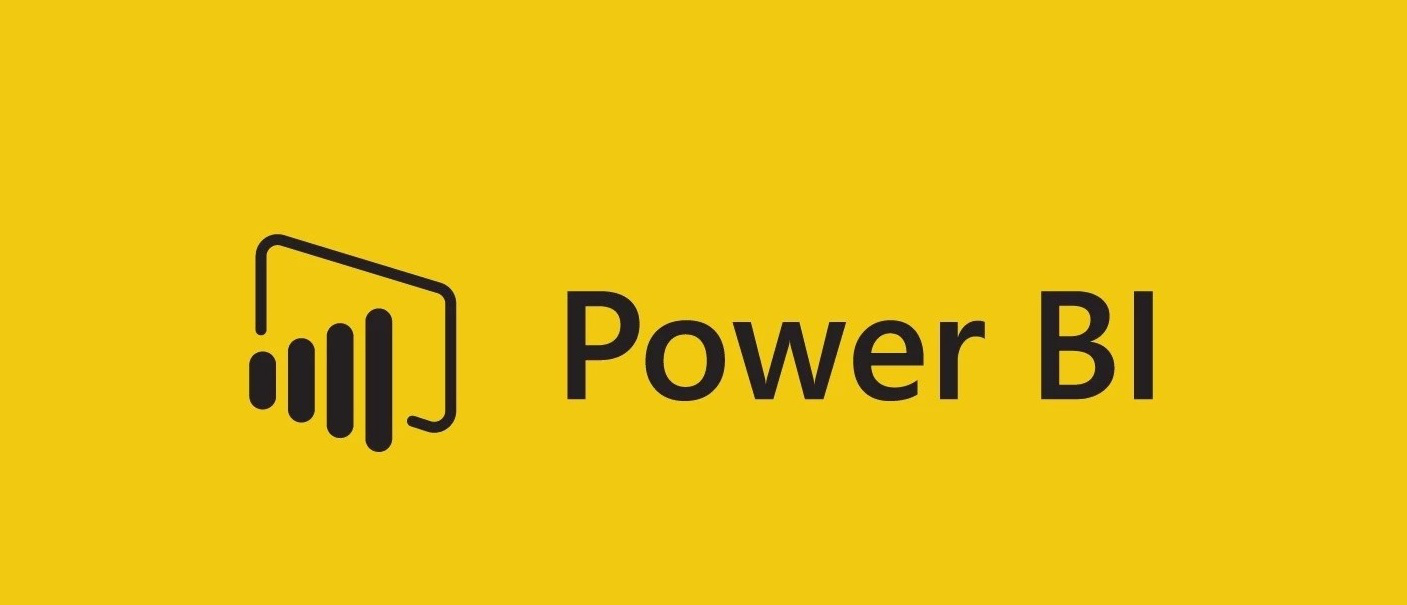
Microsoft Power BI
Microsoft Power BI is a business analytics solution to visualize your data and share insights across your organization.
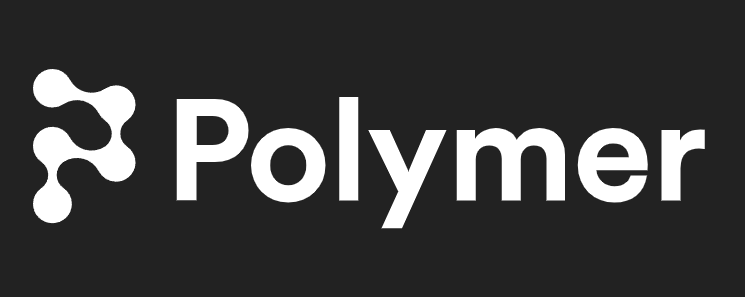
Polymer
Polymer is an AI platform that automates the process of building, maintaining, and improving machine learning models.

Akkio
Akkio allows users to upload their dataset and choose the variable they want to predict, enabling Akkio to construct a neural network.
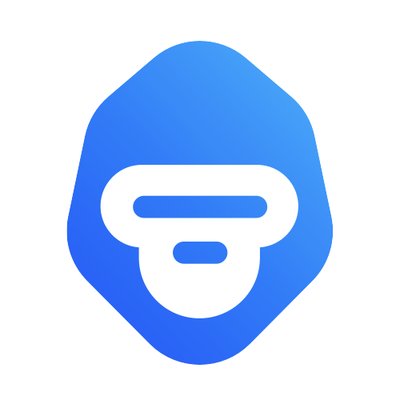
MonkeyLearn
MonkeyLearn is an AI platform for text analysis that automates business intelligence processes by processing and categorizing textual data.
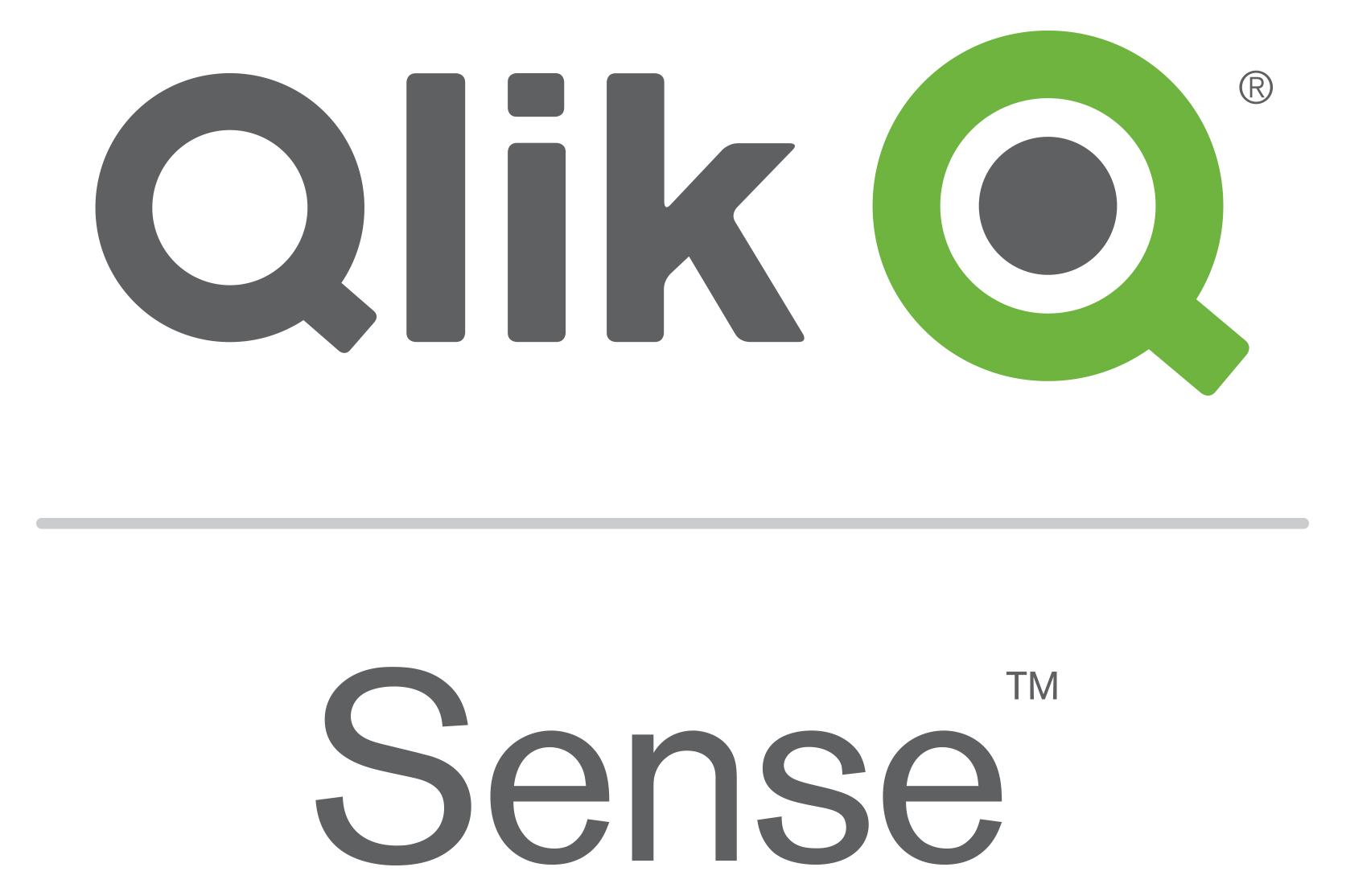
Qlik Sense
Qlik Sense is another self-service AI tool focused on interactive data visualization.
Julius AI
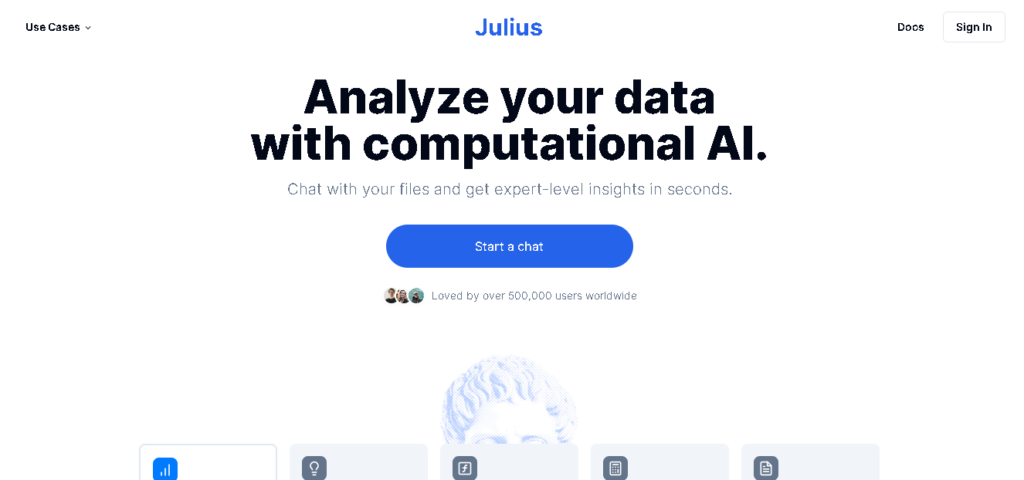
Julius AI is a smart data analysis tool that interprets, analyzes, and presents complex data in a simple and user-friendly way. Its strength lies in its capability to make data analysis easy to understand and act upon, even for individuals without expertise in data science or statistics.
They accommodate various data file formats, such as Spreadsheets (.xls, .xlsx, .xlsm, .xlsb, .csv), Google Sheets, and Postgres databases, among others.
Once you’ve connected a data source, you can analyze it using natural language prompts directly on the Chat page. You can ask for insights or instruct Julius to generate a visualization.
Features of Julius AI
- Effortless integration with diverse data sources, both on-site and in the cloud.
- State-of-the-art machine learning and predictive modeling features for forecasting trends and outcomes.
- Utilizes Natural Language Processing (NLP) to extract insights from unstructured data like customer reviews and social media posts.
Pros and Cons:
Tableau
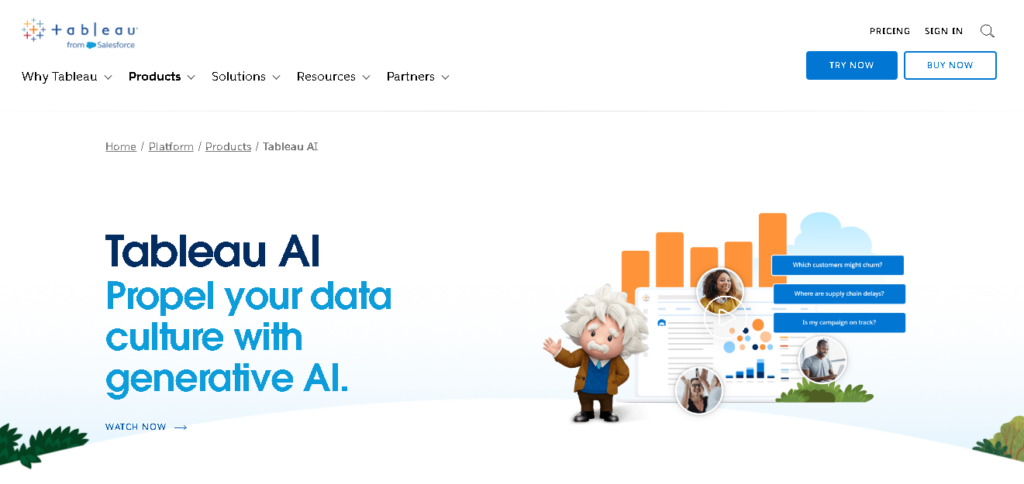
Tableau, now under Salesforce, is a well-known name in analytics, celebrated for its interactive data visualization features. Users can produce and distribute dashboards that highlight data patterns, aiding in making informed business decisions.
The data analytics tool enables visualization and analytics to generate reports, which can be shared via a browser or embedded in an application. This functionality is available whether Tableau is operated in the cloud or on-premises.
Features of Tableau
- Visualizations are continuously updated, ensuring analysts work with the latest data.
- Swiftly creating interactive visualizations, and easy implementation.
- Capable of handling large datasets efficiently.
- Dashboards accessible and viewable on mobile devices, providing on-the-go analytics.
- Translates drag-and-drop actions into backend queries, minimizing the need for performance optimization by end-users.
- Supports databases of all sizes and offers various visualization options.
Pros and Cons:
Microsoft Power BI
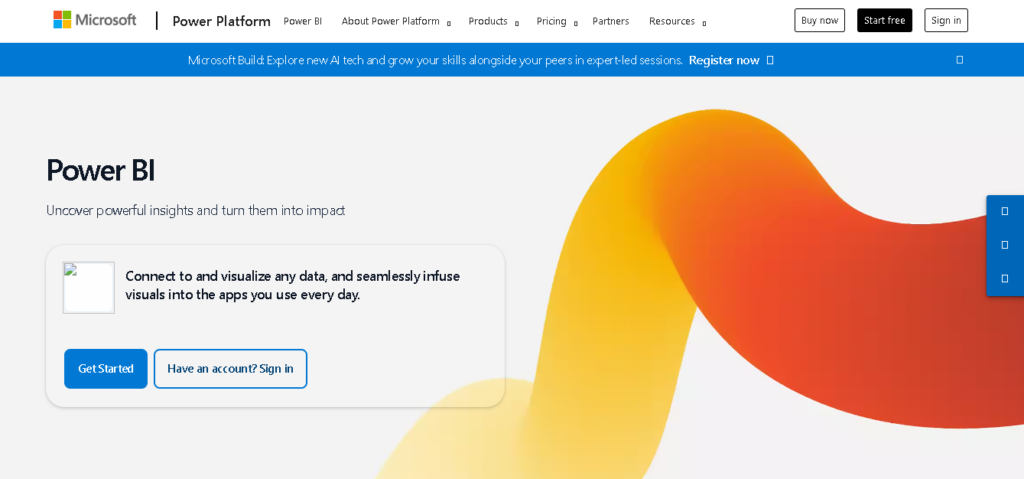
Microsoft Power BI is a business analytics solution that lets you visualize your data and share insights across your organization or embed them in your app or website. Compatible with hundreds of data sources and a growing number of enterprise data connectors, Power BI can help you design immersive, interactive dashboards and reports with its easy-to-use interface.
Microsoft Power BI allows users to create machine learning models and leverage AI-powered features for data analysis. It offers various integrations, including native Excel integration and compatibility with Azure Machine Learning.
Features of Microsoft Power BI
- Integrates AI functionalities without the need for coding.
- Allows users to ask questions of their data in plain English, and receive the appropriate visual responses.
- For enterprises already utilizing Microsoft tools, Power BI can be seamlessly implemented for data reporting, visualization, and dashboard creation.
- A hybrid environment can be maintained, with partial integration with Power BI’s cloud service.
Pros and Cons:
Polymer
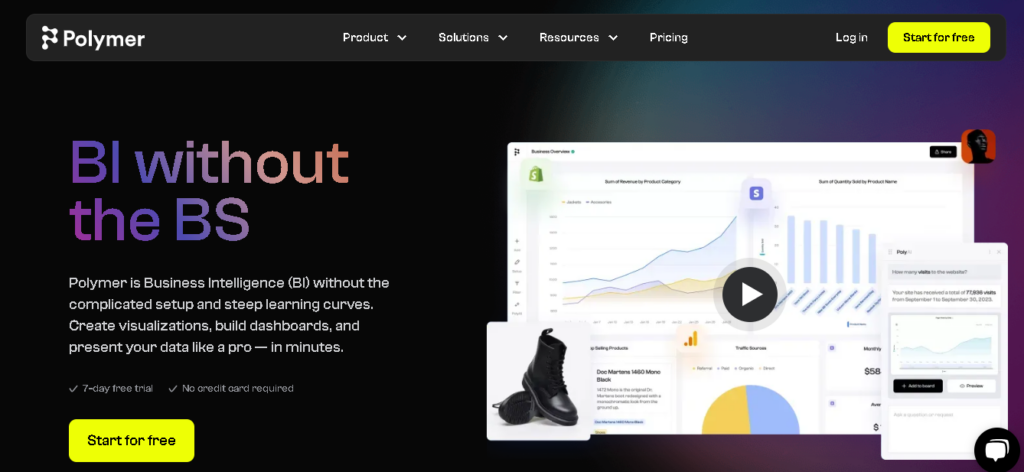
Polymer is an AI platform that automates the process of building, maintaining, and improving machine learning models. It is designed with non-technical users in mind, focusing on accessibility and intuitive operation without sacrificing the complexity and power required for advanced analysis.
The tool utilizes AI to analyze data and enhance users’ comprehension of it. With Polymer, there’s no need for a lengthy onboarding process. Users only need to upload their spreadsheet to the platform, which instantly converts it into a organized database ready for exploration.
Features of Polymer
- Reduces the need for manual intervention in model building and testing.
- Identifies top-performing channels and uncovers customer trends and purchasing patterns.
- Generates multiple models and assesses their effectiveness against the specified criteria.
- Continuously improves model performance with ongoing learning from new data.
- Provides quick access to accurate data and streamlined performance tracking for sales teams.
Pros and Cons:
Akkio
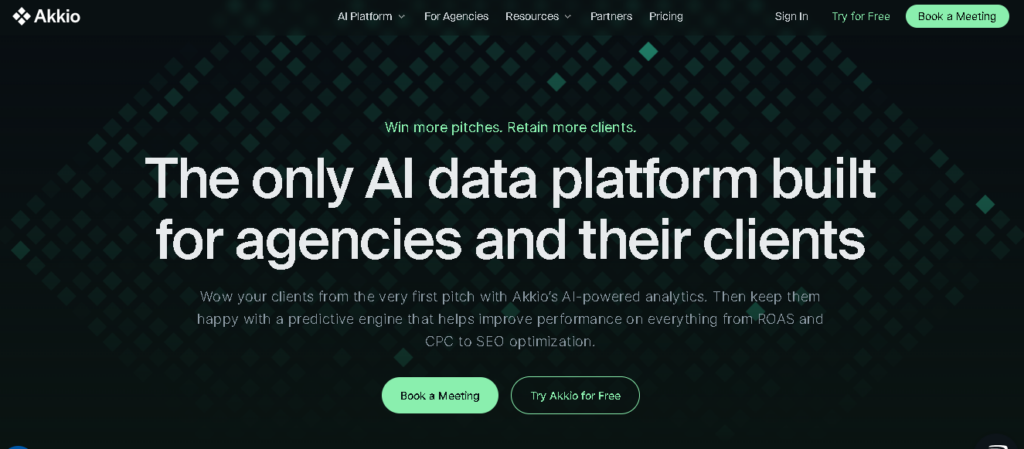
Akkio is a machine learning and predictive analytics platform that prides itself on its ease of use. It aims to bring the power of AI to organizations without requiring significant expertise.
The AI tool allows users to upload their dataset and choose the variable they want to predict, enabling Akkio to construct a neural network around that variable.
Features of Akkio
- Users can create models by dragging and dropping data and constraints into place.
- Integrates seamlessly with no-code platforms like Zapier and Webflow for wider application.
- Develops models for making predictions about future events based on the data analyzed.
- It’s particularly beneficial for predictive analysis, marketing, and sales.
Pros and Cons:
MonkeyLearn
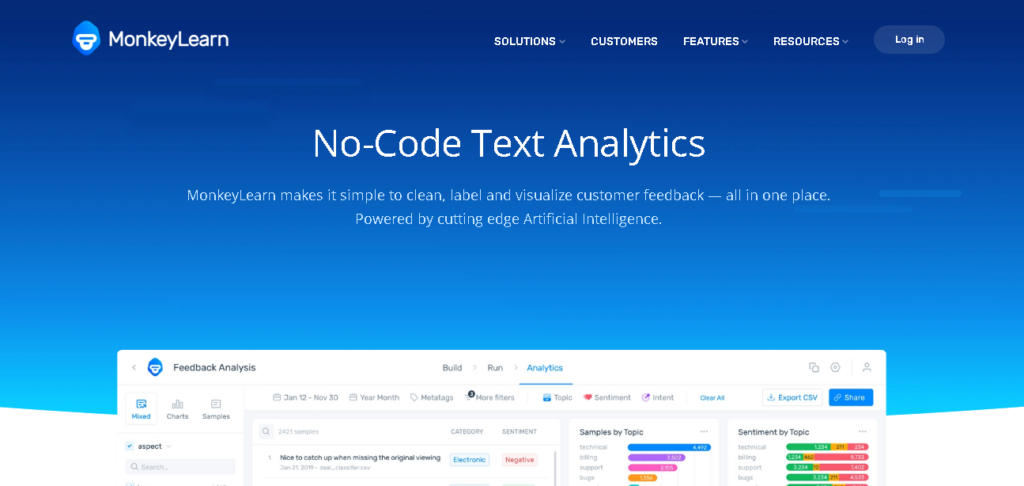
MonkeyLearn is an AI platform for text analysis that automates business intelligence processes by processing and categorizing textual data, such as customer reviews, surveys, and social media data, to provide actionable insights for decision-making.
Features of MonkeyLearn
- Classifies unstructured text data into custom categories.
- Offers sentiment detection tools to understand customer attitudes better.
- Users can train and deploy models tailored to their specific business requirements.
- Relies on machine learning to automate business workflows and analyze text, reducing manual data processing time.
- Highlights specific text and categorizes it for effortless sorting and processing.
Pros and Cons:
Qlik (Qlik Sense)
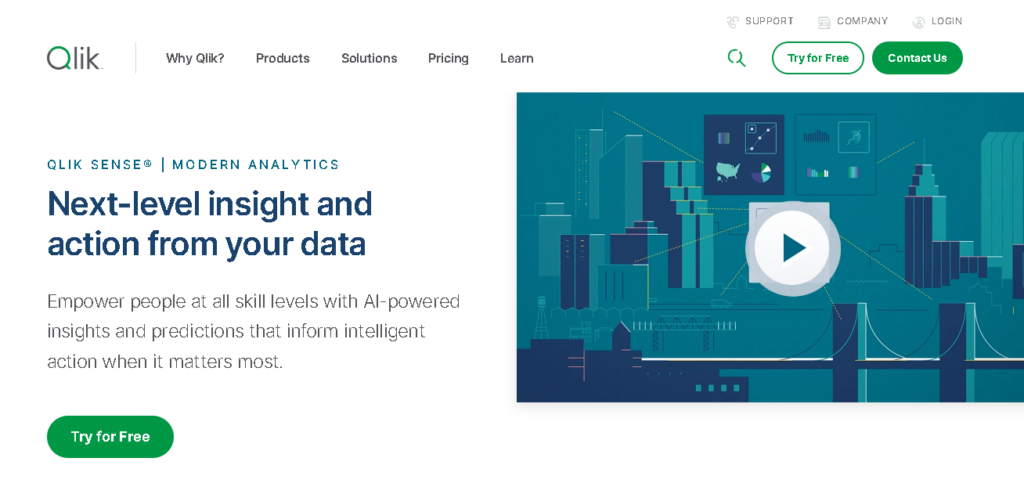
Qlik Sense is another self-service AI tool focused on interactive data visualization. It is known for its associative engine, which instantly reveals connections in your data, thereby allowing for more informed and actionable decisions.
Features of Qlik (Qlik Sense)
- Enhances intuitive understanding of data with engaging and interactive visuals.
- Provides enterprise-level security for data protection and regulatory compliance.
- Facilitates effortless sharing and collaborative creation of data insights throughout the organization.
Pros and Cons:
Conclusion
The importance of AI in data analytics is immense. Each tool mentioned has its own strengths, making them valuable for various data analysis needs.
By utilizing these AI tools, data analysts can save time, gain deeper insights, and simplify what can be a complex process. It’s essential for professionals to stay informed about the latest AI advancements to keep their skills and techniques current in the industry.
Data analysts will experience significant and advantageous changes in their work with the introduction of AI tools. By integrating these solutions into your daily tasks, you can revolutionize your data analysis approach, ensuring you stay not just relevant but ahead of the game.
Why Should You Use AI for Your Data Analysis?
AI tools have an immense capability to process and analyze data that would otherwise be too vast or complex for manual analysis. By utilizing AI, data analysts can:
- Improve Accuracy: AI tools can comb through data with better precision and consistency than humans, significantly reducing the chances of errors.
- Accelerate Insights: AI’s speed in processing data means that insights can be derived and acted upon much more quickly, driving real-time decision-making.
- Uncover Complex Patterns: AI excels at recognizing patterns within data that may be too subtle or complex for human analysis.
- Handle Scale: With the volume of data growing exponentially, AI is crucial in managing and analyzing data at a scale that would overwhelm traditional methods.
Learn more: Why Should You Use AI for Your Data Analysis?
FAQs
How do I choose the best AI tool for my data analysis needs?
When selecting an AI tool for data analysis, consider the following:
- Your specific use case and the type of data you usually work with.
- The size of your team and their level of technical expertise.
- The budget you have available for such tools and the potential ROI they could offer.
- The scalability of the tool; will it grow with your business’s data analysis needs?
Are AI tools for data analysis difficult to learn and implement?
While some tools may have a steeper learning curve, many of the AI solutions available today are designed with user-friendliness in mind. Implementation can be made easier by selecting tools that offer robust user documentation and support, and taking advantage of any training programs that may be available.
How secure are these AI tools in handling sensitive business data?
When choosing AI tools, think about security first. Good AI companies care about keeping your data safe. They use strong ways to hide your data and follow rules about privacy. When you check out tools, make sure they’re safe enough for your job.




